Chili peppers in the human diet
Chili peppers have been present in the human diet since 7500 BC. In South America, they were among the first cultivated plants. They arrived in Europe on the ships of Spanish explorers in the 16th century. Since then, they have been an integral part of the diet of Europeans.
Chili peppers are part of the superfood category due to their antioxidant content, which makes this food a cancer prevention. In addition, they stimulate blood circulation and metabolism, and even soothe pain, thanks to the content of the substance capsaicin, which determines the level of spice in the pepper.
There is an incredible variety of chili peppers, with the spiciest coming from the homeland of this natural wonder - South America, Mexico. The chipotle pepper is one of them.
What are chipotle peppers?
Long before they became the name of the ubiquitous chain, chipotles peppers have been a staple of Mexican cuisine, adding smokiness and sizzling spice to all kinds of dishes. Whether mixed with mayonnaise for fish tacos, rubbed into a pork roast, or simply mashed with onions and garlic for a quick salsa, the peppers are a versatile food that adds complexity to any meal.
The word chipotle is actually a blend of two Nahuatl words: chile, meaning black pepper, and poctli, meaning smoked.
How chipotle is made
The process begins with sun-ripened, bright red jalapeño peppers. When their skins start to wrinkle, farmers harvest the peppers, which eventually become chipotle peppers.
Simply put, a chipotle pepper is a jalapeño that has been left on the vine to ripen to a red color and then it is smoked and dried.
How exactly does this process work? Most jalapeños are sold green. However, as jalapeños age, they turn red on the vine when fully ripened and eventually begin to dry out. These red jalapeños are picked and smoked for days over soaked wood until they are dried, becoming chipotle peppers.
This slow process extracts any remaining moisture and gives them that decadent smoky flavor that chipotles are known for.
It takes about 10 pounds of jalapeño peppers to make 1 pound of chipotle peppers.
Chipotle jalapenos are grown in Mexico, from Veracruz and Oaxaca all the way down the Pacific coast to Sinaloa, Sonora, and the drier desert climates of Chihuahua. Today, however, it is not uncommon to find chipotle farms in South Texas, New Mexico, and Arizona.
Origin of Chipotle Peppers
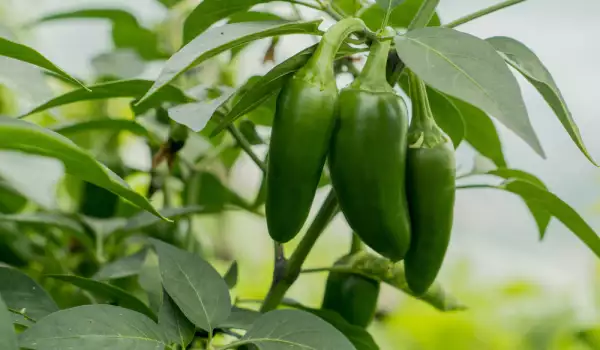
The method of drying jalapenos to make chipotle peppers dates back to the earliest attempts at food preservation used in Mesoamerica. The Aztecs are believed to have begun preserving these peppers as a way to protect themselves from a possible poor harvest. Smoking them became a necessity because while the peppers were left in the sun to dry, the fleshy part of the jalapeno did not dry out completely, making them resistant to rotting.
This form of chili reached the European continent after Christopher Columbus discovered them during his voyage to the New World. Their self-preserving nature made them suitable for crossing oceans without spoiling, allowing them to reach Spain, and before spreading to Europe, they had already reached India and other places.
Types of Chipotle Peppers
There are two main types of dried chipotle. In the United States, chiles moritas are commonly sold. Moritas are slightly smoky but still somewhat pliable with a glassy, purple color and chewy texture. Their smoky flavor still stands out, but these chilies also have a brighter, fresher tone that is added to salsas, dressings, and marinades.
On the other hand, chile meco, or smoked chili, is sold almost exclusively in Mexico. These chilies are smoked until their skins are completely dry, leaving them with a dry, powdery appearance. In Mexico, these chilies are prized for their sharp smokiness. They are delicious in soups and stews, and grinded into a powder, they make a fantastic seasoning for any chicken, meat, or seafood dish.
Flavor Qualities
The distinctive flavor of chipotle is its smokiness. However, beneath that definition of smoke and spiciness, they are also sweet, since allowing the chilies to ripen on the vine to a deep red makes them much sweeter than green jalapeños.
Of course, different types have their own unique flavors. For example, Chipotle Morita Chiles are defined by their smoky applewood or even pecan aromas, which smoothly balance the fruity aromas of raisins and cherries. A hint of chocolate even peeks through to round out the finish.
Chipotle Meco Chiles, on the other hand, retain a deep flavor that is dominated by sweet wood smoke. Although there is a hint of sweetness from the brown color at first, they are more defined by their smoky, earthy, and slightly herbaceous essence.
Chipotle Pepper Spiciness on the Scoville Scale
Chipotles are as spicy as typical jalapeño peppers, which range from 2, 500 to 8, 000 Scoville Units. They provide a good level of spice, but nothing dramatic compared to other hot peppers.
Chipotles are not actually hot peppers, but for some people the heat is just right.
The spice from chipotle peppers tends to build over time and tends to linger after the food is cooked.

How Chipotle Can Be Used in Cooking
The cultural exchange between the Spanish and native Mexicans has helped make Mexican cuisine one of the most unique and vibrant culinary traditions in the world. Blending New World ingredients with Old World techniques creates many of Mexico's most iconic dishes, such as al pastor, chorizo, and chipotle adobo.
Adobo is a traditional Spanish technique in which meat or seafood is braised in a rich sauce of vinegar, garlic, onion, paprika and tomato. By braising in adobo, foods can be preserved for storage. They also infuse a typically Spanish flavor.
Chipotle adobo sauce is available in many grocery stores.
This culinary offering is made with rehydrated chipotle peppers that are pureed with tomatoes, vinegar, garlic, and spices.
The adobo sauce is rich, smoky, and spicy, perfect for adding to many, many dishes. Sometimes you'll find whole peppers in the sauce. They're very mild and can be used as is or processed with the rest of the sauce.
You can cook with chipotle just like you would with any other dried pepper.
They can be grinded into flakes or chili powder, then used as a dry fat or spice for making Mexican dishes, sauces, or chili. The use of chipotle powder is quite generous in the kitchen.
They can also be rehydrated in hot water until soft, then the stems and seeds are removed. They are processed in a food processor or blender with other ingredients to form a chili paste or sauce.
Smoked peppers will give a wonderful smoky flavor to dishes.
Chipotle Recipes
With this food product, you can prepare various interesting and unexpected recipes for the European taste, such as:
- Flourless chipotle chocolate cake;
- Spicy black beans;
- Brussels sprouts with chipotle;
- Fresh chicken salad with chipotle sauce;
- Chipotle mayonnaise;
- Chipotle dip.

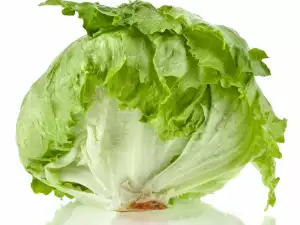
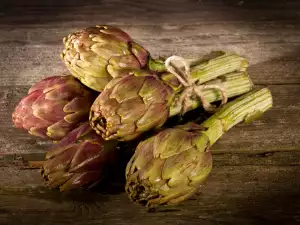
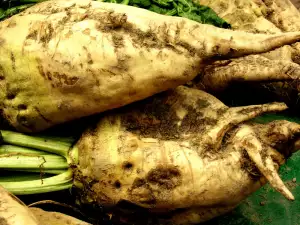
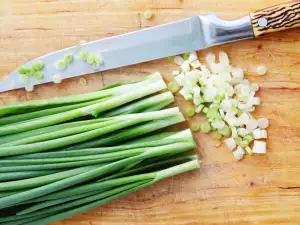
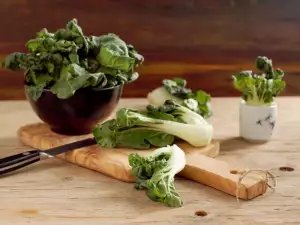

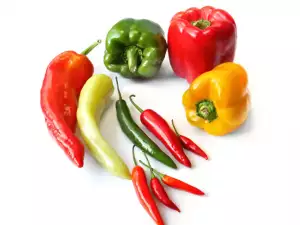
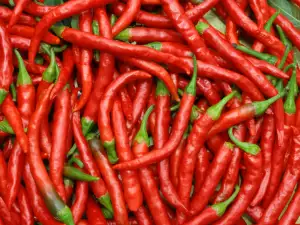
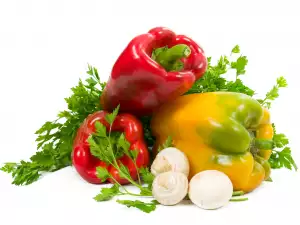
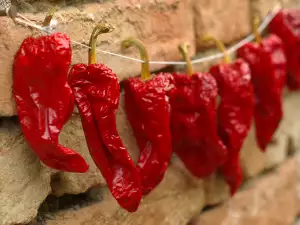
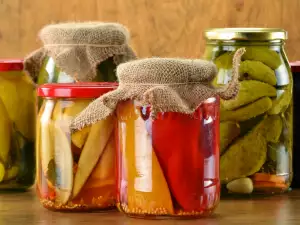
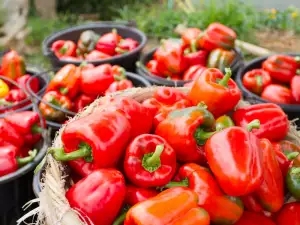
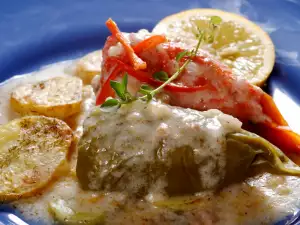
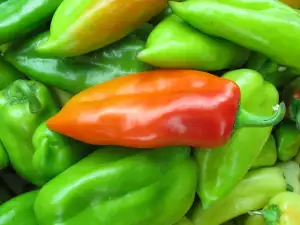





Comments